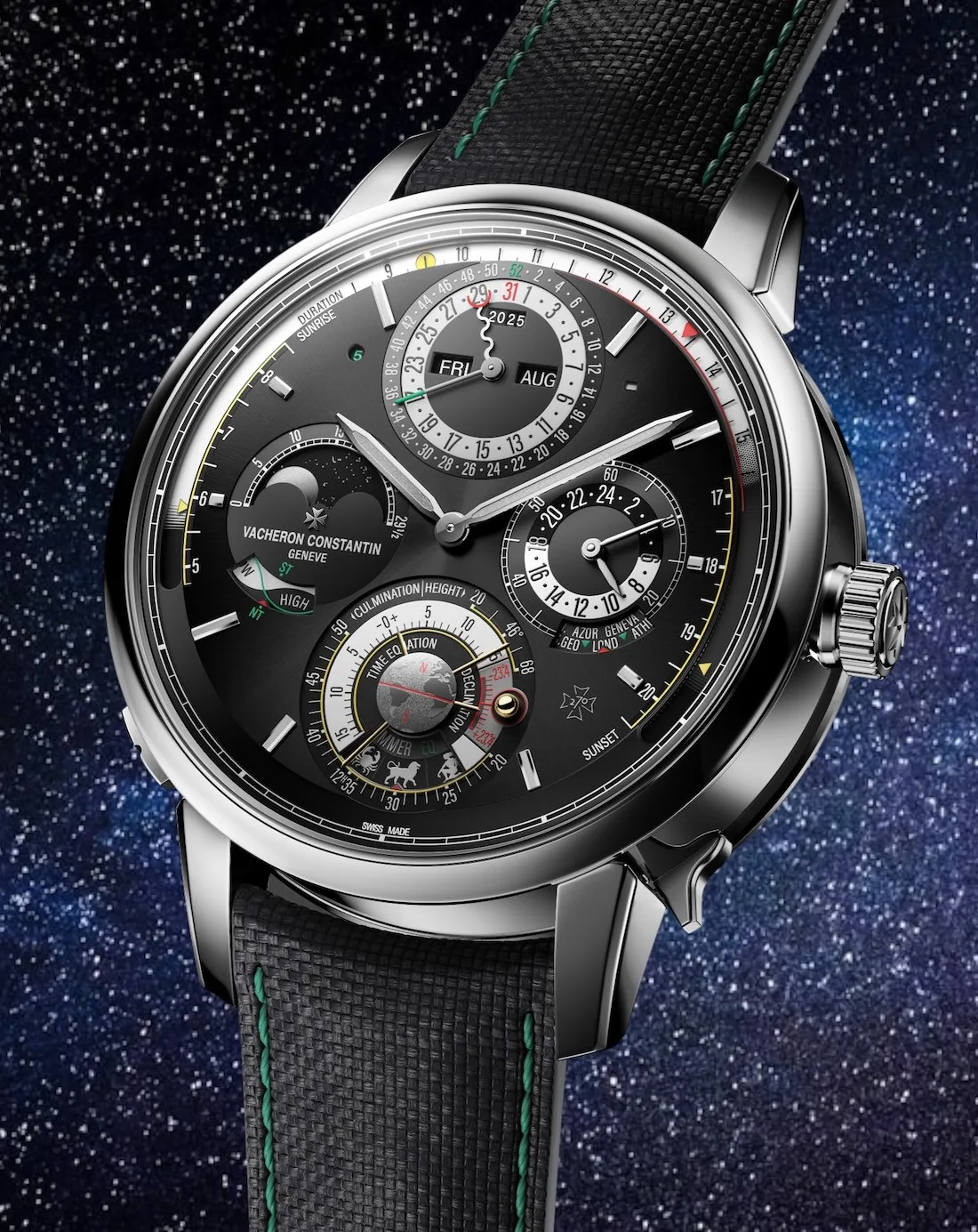(Opening picture:Firebird I (XP-21) © General Motors Company.)
Sainsbury Gallery Victoria & Albert Museum. London.
Supported by Bosch Group
Until 19 April 2020
The V&A have surprised us once again with this incredible retrospective on the automobile, looking at the car as the driving force that accelerated the pace of the 20th century. Showcasing 15 cars and 250 objects across three main sections, the exhibition examines how the car changed our relationship to speed, how it changed the way we make and sell, and how it altered the landscape around us, from countryside to cityscape.
The show brings together a wide-ranging selection of cars that have never been on display in the UK, each telling a specific story about their impact on the world.

“Going Fast” opens the exhibition, exploring the role of the automobile in imagining a future world of liberated movement and technological progress. Bringing together a range of 20th century concept car designs, magazine illustrations, and film, the display references popular culture, science-fiction and novel technologies to show the central role of the automobile in imagining an accelerated future. This trip down memory lane brought back to my mind old comics and science-fiction magazines that my father collected, with their visions of the future and ideas of how mobility and transportation would shape human future.
From bright propagandist futures to the gritty and carbon burning reality that transpired, it feels as if all these years later, our visions of the future may still be very distorted. Fritz Lang’s Metropolis is still very relevant. You mustn’t miss Richard Arbib’s designs with his distinctive use of the “V”, immortalised in Hamilton watches. Arbib also did SciFi magazine covers, among them those in Astounding and Science Fiction Quarterly.
The section continues with the first-ever production car, the Benz Patent Motorwagen 3, introduced to the public in 1888. It debuted in the summer of 1886, with an engine that could barely muster 16km/h, the car proved its mettle in 1888 when Benz’s wife Bertha took the Motorwagen Nr. 3 for the first ever long-distance drive – covering almost 60 miles. Shortly thereafter racing over long distances became an increasingly popular sport, one that put a car’s reliability to the test, as much as its speed.

The idea of speed quickly grabbed the fascination of the public, inspiring a worldwide racing culture, pushing the design and technology of cars to go ever faster. One such technology, streamlining, is explored through the Tatra T77 from the Czech Republic. Its sleek curves and style were designed to decrease drag, but would influence all areas of design, from cloche hats and radios to meat slicers. “Making More” explores the car as the archetype of modern manufacturing, the object that developed contemporary consumerism and turned production companies into global powerhouses.
A Ford Model-T from 1925 traces the origins of the assembly line, its widespread impact on other areas of production and its evolution into the high-tech automated factories of today. The introduction of the Ford assembly line transformed the automotive industry from carefully hand-crafted machines, available to a limited few, into a highly efficient operation that enabled the democratisation of the car. As a contrast to the Model T, a particular favourite of mine, Hispano-Suiza’s Type HB6 “Skiff Torpedo” 1922. French patron Suzanna Deutsch de la Meurthe bought this Hispano-Suiza HB6 chassis at the 1919 Paris Auto Salon. She then sent it to Henri Labourdette’s coachbuilding workshop to be custom built with a “skiff torpedo” wooden body inspired by the shape of boats. This commission would have been a hugely expensive and time-consuming undertaking – but it clearly signified, to her peers and to onlookers from the street, that the owner was a person of refined taste and deep pockets.

Another jewel in this exhibition is the 1953 Firebird 1 Concept Car Harley Earl/ General Motors. In the 1950s, General Motors designed a series of four concept cars under the label “Firebird”. They are directly inspired by aircraft fighters of the period, incorporating fluid silhouettes, cockpit seats, and jet engine technology into their designs. Subsequent iterations of the Firebird also imagined a future of autonomous driving, long before the technology was available.
The final section, “Shaping Space”, explores the vast impact of the car on the world’s landscape, nations, and cities. It looks at how the petrol engine beat early electric and steam-powered competitors by promising the ability to travel the world, transforming drivers into individual explorers. On display, global surveys of road conditions published by Michelin and a look at the special off-road cars called Auto-Chenille by Citroen to undertake a publicised treks across Africa and Asia, demonstrate this new market for cross-country adventure.

The exhibition also looks at the geography of petrol extraction, how it was celebrated early on as a miracle resource through products like Tupperware and nylon, and how the 1970s oil crisis inspired a new environmental movement. Early cars from the 1950s that attempted to address fuel scarcity such as the Messerschmitt KR200 bubble car, and the Ford Nucleon, a nuclear powered concept car are on display. A new film shines a light on the landscapes of extraction, from ageing American oil fields, to the booming lithium fields in Chile, promising to fuel a new electric future.

Returning full circle to the fantasy images of a future world, the exhibition ends with the Pop.Up Next autonomous flying car co-designed by Italdesign, Airbus and Audi. On display for the first time in the UK, the car combines the four major innovations transforming the future of driving: electric power, autonomous driving, service-oriented, and flying.

















Show Comments +